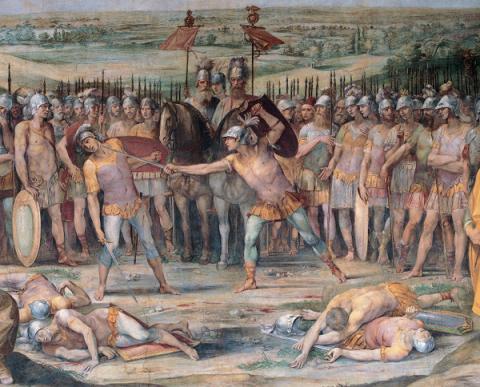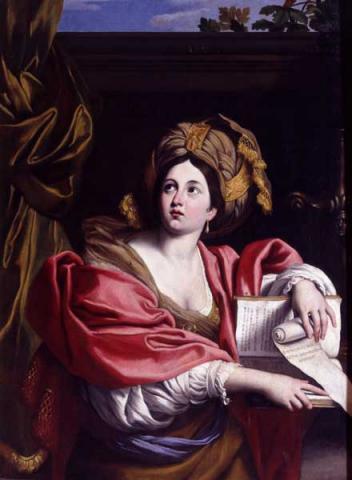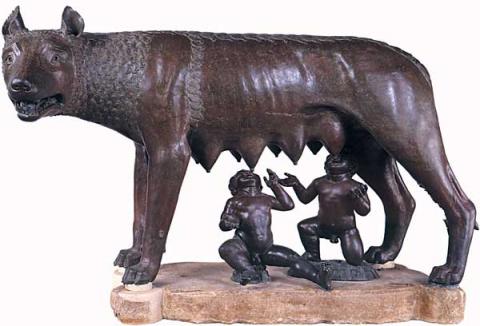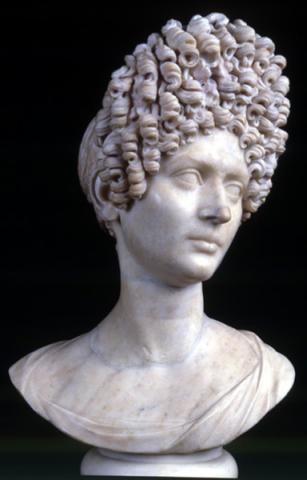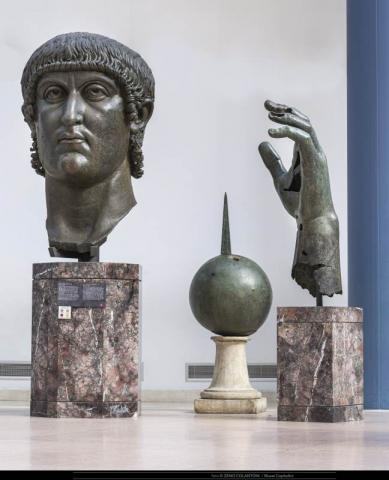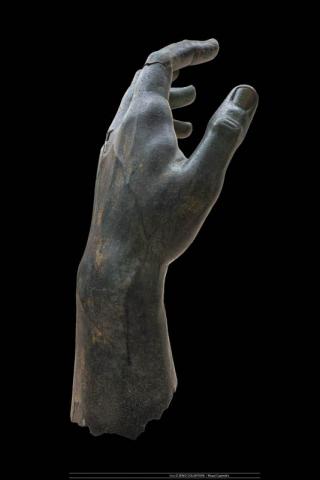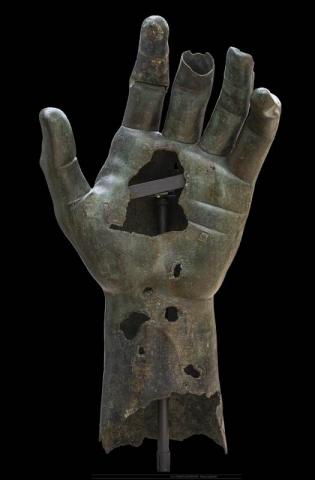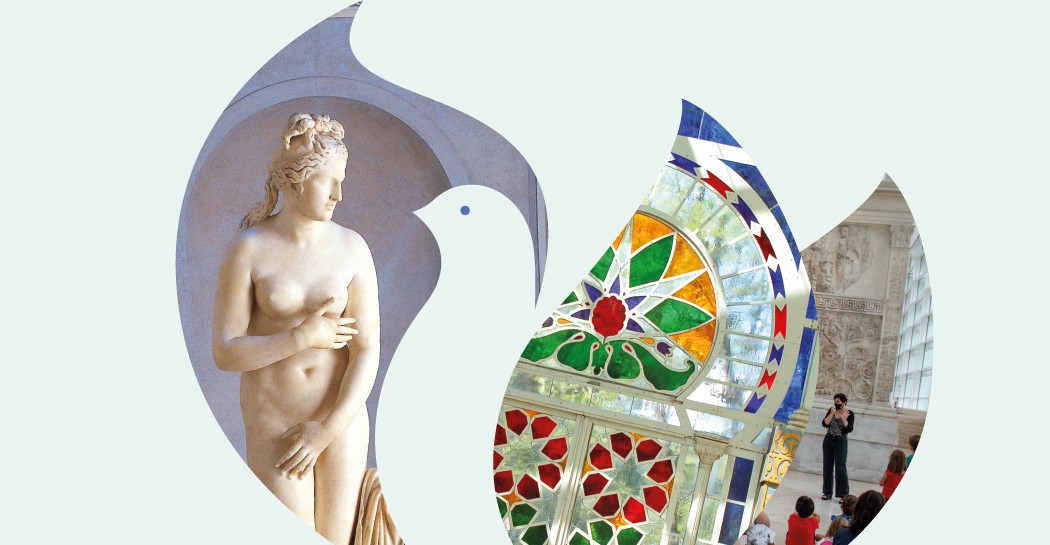The rediscovered fragment
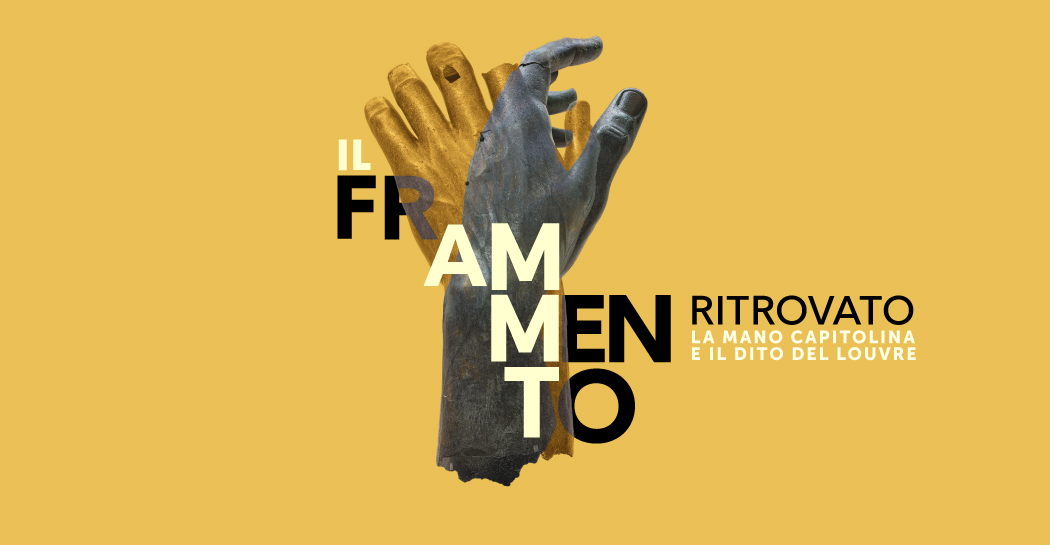
The Exedra of Marcus Aurelius hosts the exhibition of the hand of the bronze colossus of Constantine from the Capitoline Museums, reconstructed with the fragment of the bronze finger, corresponding to the upper two phalanges of an index finger, from the Louvre Museum, thanks to the generous availability of its President-Director Jean-Luc Martinez. The hand is exhibited together with the other bronzes, already in the Lateran, donated to the Roman people by Pope Sixtus IV in 1471.
It is of great importance that this extraordinary reconstruction of the hand and its fragment, the result of a fruitful collaboration between Roma Culture, the Sovrintendenza Capitolina ai Beni Culturali and the Louvre Museum, takes place on the occasion of the 550th anniversary of the Sistine donation, the true founding act of the Capitoline collections, but also almost 500 years after their separation.
The bronze fragment arrived in Paris in 1860 together with a large part of the collection of Marquis Giampietro Campana, one of the leading figures in Roman collecting in the central years of the 19th century. In recent years, it has been possible to recognise the relevance of the fragment to one of the most iconic sculptures of Roman antiquity, the bronze colossus of Constantine, of which the Capitoline Museums still have the head, the left hand, with gaps in the index and middle fingers, the ring finger and the palm, and a sphere once held by the hand. Confirmation of the exceptional discovery came in May 2018 thanks to a test carried out in Rome with a 3D model of the Parisian fragment, an operation coordinated by Françoise Gaultier and Claudio Parisi Presicce. The success of the operation was followed by the creation of a fibreglass cast of the reassembled portion of the finger and the presentation of the original hand, completed with the missing phalanges, on the occasion of the two major exhibitions dedicated to the Campana collection: Un rêve d'Italie. La collection du marquis Campana, at the Louvre Museum, and A Dream of Italy. The Marquis Campana Collection, at the Hermitage in St Petersburg.
The first description of the fragments of the bronze colossus of Constantine dates back to the middle of the 12th century, when they were still in the Lateran. The majesty of the remains, in which for a long time people wanted to recognise the Colossus of the Sun once erected next to the Flavian Amphitheatre, called Colosseum by assimilation with it, and the preciousness of the material are mentioned in numerous medieval and 15th century chronicles and descriptions. The hand with the globe (intact) and the head, each placed on a capital, are recognisable in a drawing attributed to Feliciano Felice of 1465, in which the equestrian statue of Marcus Aurelius stands in the centre, also in the Lateran until 1538. When it was moved to the Campidoglio in 1471, the colossal head was placed under the porticoes of the Palazzo dei Conservatori. The last evidence of the integrity of the hand is documented in sources dating from the late 1430s. Graphic evidence, slightly later, shows the colossal hand separated from the sphere and with the index finger already missing its two upper phalanges. The fragment now in the Louvre may therefore have entered the Roman antiquities market at this very early stage.
Nothing is known about the fragment until it reappeared in the first half of the nineteenth century in the collection of Marchese Campana. Further research will be able to clarify the fragment's history during this long period of time.
Information
From April 29, 2021 to November 9, 2025
Everyday 9.30-19.30
24 and 31 December 9.30-14.00
Last admission one hour before closing time
Closed
1 January, 1 May and 25 December
Before planning the visit, CONSULT THE NOTICES
See the page: Tickets and videoguides
Free entry to MIC card holders, the card can be purchased in museums and online
Tel. 060608 (every day 9.00 - 19.00)


























